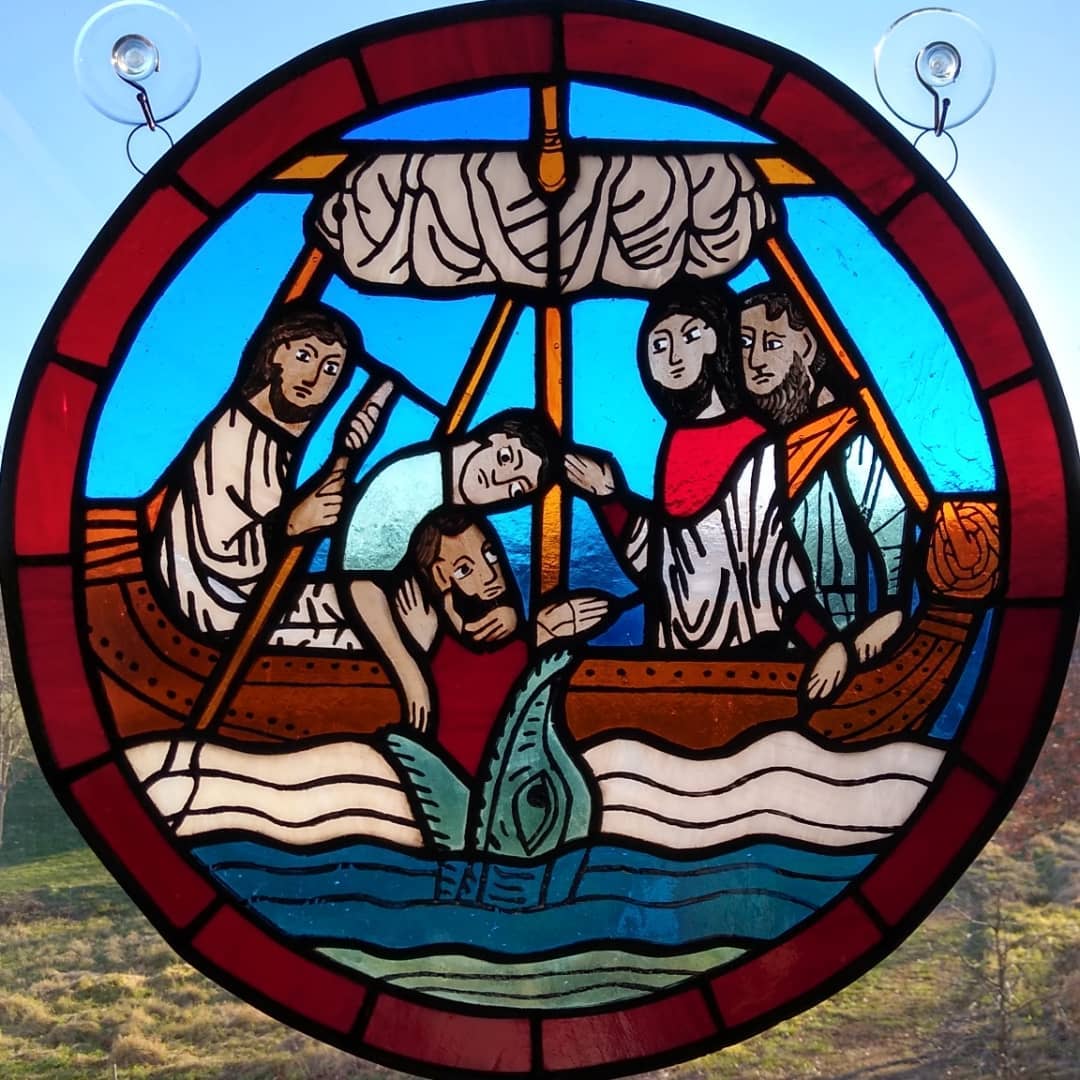17 - Ecosystems#
The provisions and constraints of the physical environment along with the entire community of interacting organisms (plants, animals, and others) in an area is an ecosystem.
17.1 - How Is the Ecosystem Approach Useful in Understanding the Biosphere?#
Ecology is the study of how organisms and populations of organisms interact with one another and with the nonliving components of their environment.
Biogeopgraphy uses ecological principles to explain the distribution of life.
17.3 - What Types of Interactions Occur in Ecosystems?#
Organisms that acquire what they need from the soil, water, air, and energy of the environment, without consuming other organisms, are called autotrophs or primary producers.
Organisms that acquire their food from other organisms are called heterotrophs.
Competition occurs when many organisms compete for limited resources. It results in winners and losers.
In symbiosis, species have life-long interactions. There are several different types:
Mutualism: Both species benefit from the interaction.
Commensalism: One species benefits and the other is largely unaffected.
Parasitism: One species may benefit while the other is harmed.
Mimicry: One species mimics the other.
As a chemical element or compound works its way up the food chain, it becomes more concentrated in a process called biomagnification.
17.4 - How Do Populations Change in Ecosystems?#
K-selected species have slow rates of reproduction and maturation, but have strong and prolonged nurturing, with a higher likelihood of survival into adulthood.
r-selected species produce relatively frequent batches of numerous offspring. Offspring mature faster, but are less supervised, and many do not survive.
17.5 - What Is Biodiversity and How Is It Assessed?#
The number of species present in an ecosystem is called its richness.
The relative abundance of a species refers to the population of the individual species.
The Shannon Index (SI) incorporates richness and relative abundance to describe the biodiversity of an ecosystem.
17.8 - How Do We Describe Ecosystem Productivity?#
The net primary productivity (NPP) is the total amount of energy fixed for photosynthesis, which is the gross primary productivity, minus the energy wasted or used for plant respiration and maintaining existing tissue.
Differerences in NPP can be estimated using a factor called the Normalized Difference Vegetative Index (NDVI).
17.9 - How Do Ecosystems React to Disturbance?#
Ecosystem stability refers to the degree of fluctuation in population of a species over time.
An organism that can tolerate a wide range of conditions for a given abiotic factor is described with the eury- prefix, such as euryhaline for a creature that can tolerate a wide range of salinities. In contrast, steno- is used for organisms that cannot tolerate a wide range of conditions a given abiotic factor.
Intertia is the ability of an ecosystem to resist change after a stress is applied.
Resilience is the rate at which an ecosystem recovers following stress.
Uniformitarianism is the idea that the natural world in the past evolved by processes and rates similar to what we observe today. Catastrophism emphasizes the importance of sudden events in creating change.
Succession is how an ecosystem responds to stresses with a change in species composition. If succession begins with new land or so much disturbance that little life is able to survive, the recovery process is a primary succession that begins with a pioneer community. Secondary succession occurs when soil is present at the outset.
The climax community is the stable community that comes about after succession.
17.13 - How Does a Lack of Oxygen Harm Ecosystems?#
The biological oxygen demanded (BOD) is the amount of oxygen required by organisms for respiration.
Consider a body of water that absorbs more dissolved gas when cold:
The limnetic/photic zone is at the top of the body of water, and it is where more oxygen is generated from photosynthesis than is used by respiration or fermentation.
The profundal/aphotic zone is at the bottom of the body of water, so more oxygen is used for respiration or fermentation than is produced by photosynthesis.
The compensation point is the level where oxygen production and consumption are balanced.
Hypoxia is a condition where oxygen is lacking in aquatic ecosystems.
